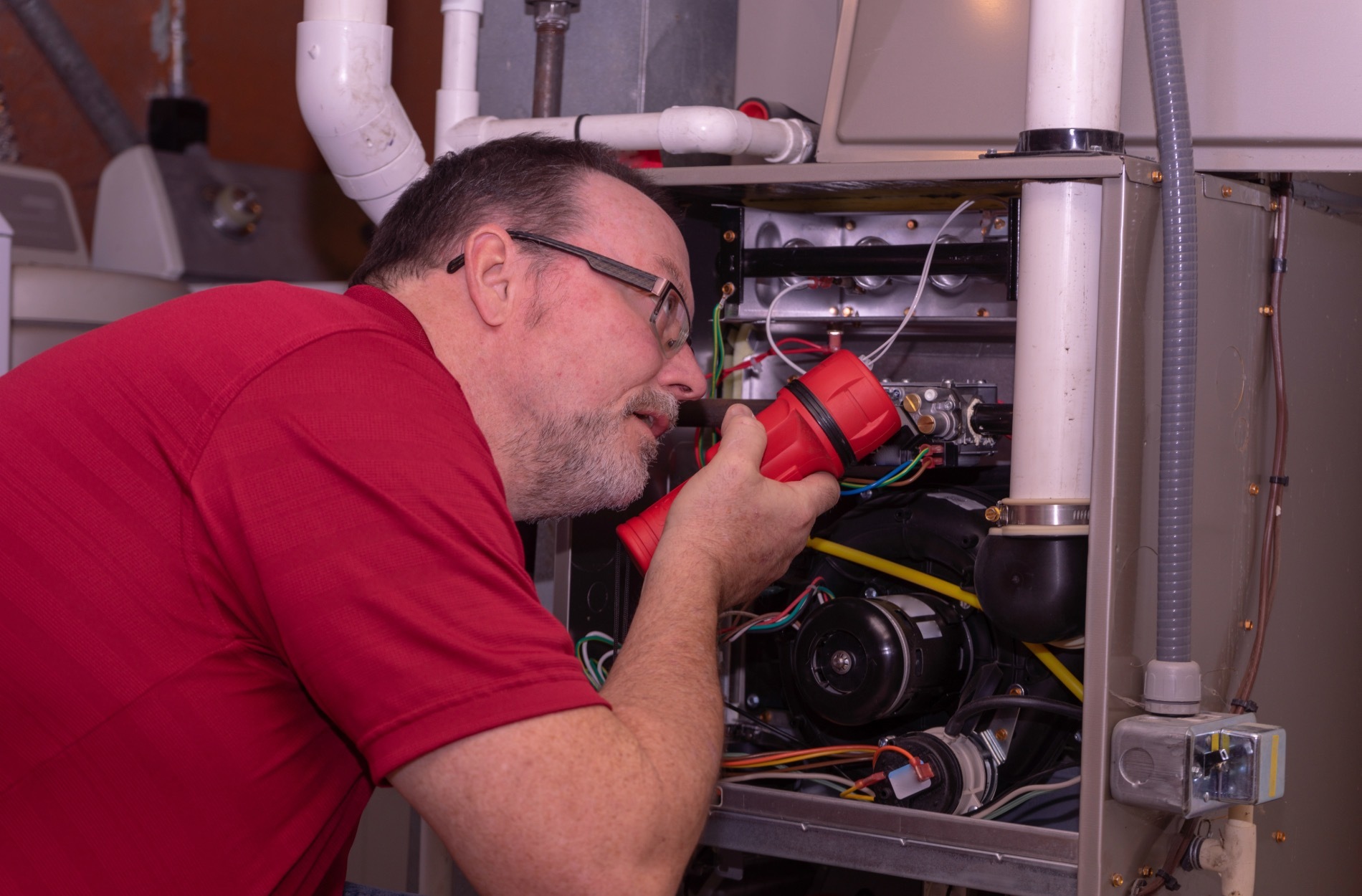Furnaces are essential for maintaining a comfortable home, especially during colder months. Like any appliance, they have a limited lifespan and will eventually need to be replaced. Identifying when your furnace is nearing the end of its usefulness can help you avoid unexpected breakdowns and ensure your home remains warm and cozy.
Signs Your Furnace is Nearing the End of Its Lifespan
As furnaces age, they start showing signs of wear and tear that indicate they may be nearing the end of their lifespan. One of the most common signs is the furnace’s age itself. Most furnaces have a lifespan of about 15 to 20 years. If your furnace is approaching or has exceeded this age range, it may be time to consider a replacement. An older furnace is likely to be less efficient and more prone to breakdowns.
Another sign is the increase in noise levels. Unusual noises like banging, rattling, or squealing can suggest that internal components are wearing out. While our professionals can repair some issues, constant repairs or persistent noises might mean it’s more cost-effective to invest in a new furnace.
Additionally, frequent cycling on and off can indicate that your furnace is struggling to maintain temperature. This not only makes your home less comfortable but also stresses the furnace, leading to further wear and tear. If you notice your furnace cycles frequently, it may be time to discuss furnace replacement options with our technicians.
Rising Energy Bills and Frequent Repairs
One of the clearest indicators that your furnace may need replacement is an increase in your energy bills. As furnaces age, they lose efficiency, causing them to use more energy to heat your home. If you’re noticing a steady rise in your energy bills without a corresponding increase in usage, your furnace could be the culprit.
Frequent repairs are another telltale sign. While it’s normal to need occasional furnace service, constant breakdowns and repairs indicate that the system is becoming unreliable. Over time, the costs of these repairs can add up, making a furnace replacement a more cost-effective solution.
Additionally, parts for older furnaces can become harder to find, leading to longer wait times and potentially higher labor costs. Investing in a new furnace can save you from the hassle and expense of frequent repairs and improve your home’s energy efficiency. Our professionals can help you weigh the costs and benefits of repair versus replacement to make an informed decision.
Inconsistent Heating and Comfort Levels
Inconsistent heating can make certain rooms in your home uncomfortably cold while others remain warm. This uneven temperature distribution is a clear sign that your furnace may be struggling to perform its job efficiently. Older furnaces often lose their ability to distribute heat evenly across all areas of your home. This could be due to failing components, clogged ducts, or an overall decline in performance.
Another indication of inconsistent heating is when you find yourself frequently adjusting the thermostat without achieving the desired comfort. If your furnace constantly runs but your home remains chilly in some spots, it’s time to consider whether a new furnace installation would provide more consistent warmth.
Regular furnace service and maintenance can sometimes resolve these issues, but if the problem persists, our professionals can help you determine if a furnace replacement is the best course of action. Addressing heating inconsistencies can significantly improve comfort and energy efficiency in your home.
Evaluating the Cost of Repair vs. Replacement
When evaluating whether to repair or replace your furnace, consider the costs involved. Furnace repairs may seem cheaper upfront, but frequent repairs add up over time. If you find that you’re spending a lot on repairs, it might be more economical to invest in a new furnace.
One way to assess the situation is to follow the 50 percent rule: if the cost of repairs approaches 50 percent of the cost of a new furnace, replacement may be the better choice. A new furnace can offer improved efficiency, lower energy bills, and more reliable performance.
Additionally, factor in energy efficiency. Older furnaces are often less efficient, meaning higher energy bills. Newer models are designed to be more energy-efficient, which can save you money in the long run. Our technicians can help you compare the costs and benefits of repair versus replacement, providing the information needed to make a well-informed decision.
Conclusion
Deciding whether to repair or replace your furnace is a significant decision that impacts your home’s comfort and energy efficiency. Recognizing signs such as nearing the end of its lifespan, rising energy bills, frequent repairs, and inconsistent heating can guide you in making the right choice. Evaluating the cost of repairs versus replacement can also provide clarity on whether investing in a new furnace is more economical in the long run.
At LJ Refrigeration Co., we are dedicated to helping you maintain a comfortable home with our expert heating services. If you’re facing any of these issues or need professional advice, contact us today. Our professionals are ready to assist you with your furnace replacement in Scottsdale, ensuring your home remains warm and efficient!



